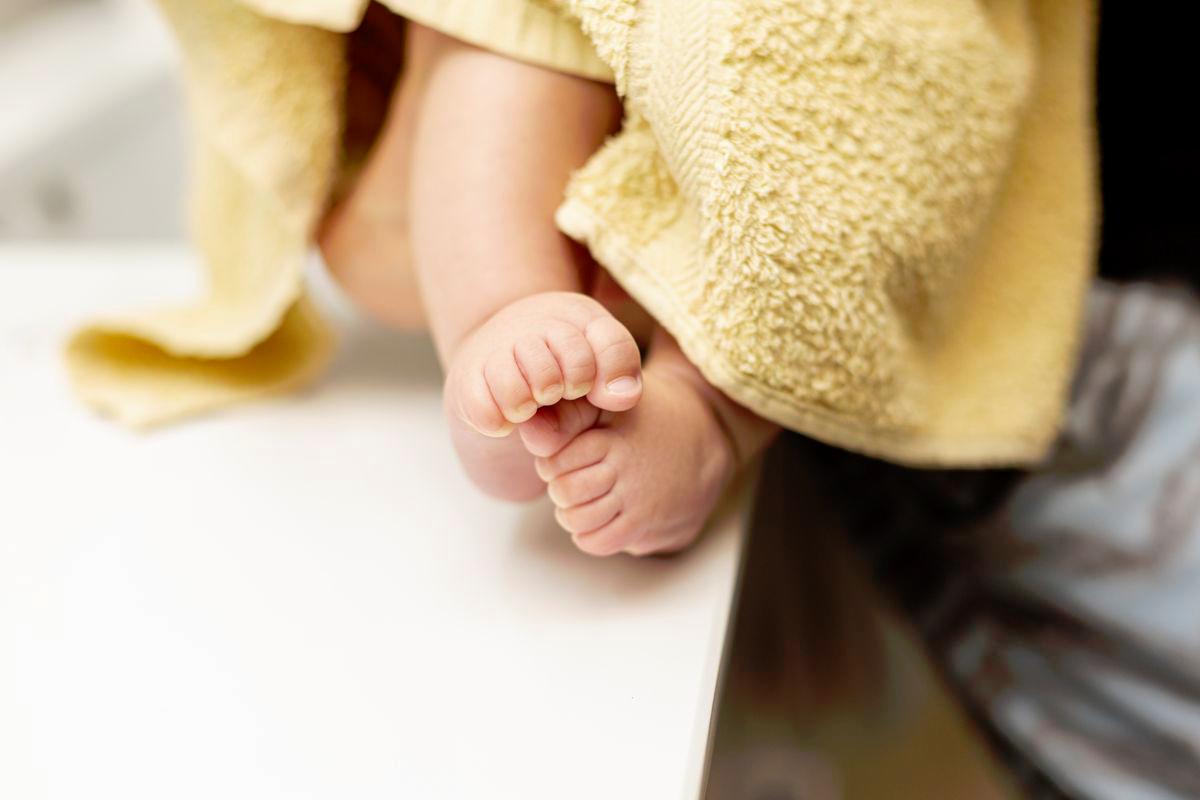SEOUL: South Korea has recorded its highest birth rate growth in over four decades during the first five months of 2025, marking a significant shift in the country’s long-standing demographic decline.
Government data reveals a 6.9 percent increase in newborns compared to the same period last year, with 106,048 births registered from January to May.
“The number of newborns for the January–May period stood at 106,048, a 6.9 percent increase, the highest growth rate since such data collection began in 1981,“ said an official at Statistics Korea.
This surge follows South Korea’s first annual birth rate increase in more than a decade, with 238,300 newborns recorded in 2024—a 3.6 percent rise from the previous year.
April 2025 saw the sharpest spike, with an 8.7 percent year-on-year increase and 20,717 births. Officials attribute the growth to more women in their early 30s getting married, as South Korea maintains a strong link between marriage and childbirth.
“In South Korea, there is a strong correlation between marriage and childbirth, which has driven the increase in births during the first five months,“ the Statistics Korea official explained.
Despite the positive trend, challenges remain. South Korea’s fertility rate for May 2025 was just 0.75, far below the 2.1 needed to sustain its population of 51 million.
Experts warn that without further intervention, the population could nearly halve by 2100. High living costs, competitive job markets, and the disproportionate burden on working mothers continue to discourage larger families.
The government has invested billions in incentives to boost birth rates, including childcare subsidies and housing support.
While recent data offers hope, long-term solutions are still needed to address structural barriers to family growth. - AFP









